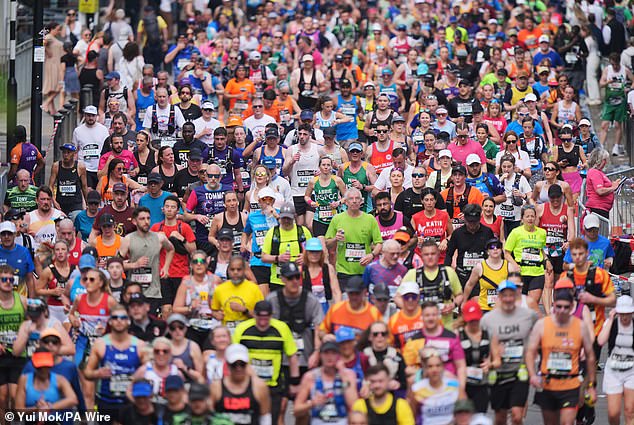
Finger Length Ratios: Science Links Proportions to Personality and Health Traits
Your Finger Length Could Predict Athletic Potential and More, Scientists Say
For centuries, palm readers claimed the lines on our hands reveal our futures. Now, science suggests the length of our fingers—specifically the ratio of the index to ring finger—might unveil secrets about athletic prowess, health, and even personality.
The 2D:4D Ratio: A Clue to Endurance
Researchers analyzed 22 studies involving over 5,000 participants and found that a lower 2D:4D ratio—where the ring finger is longer than the index finger—correlates with superior cardio-respiratory fitness. This ratio, determined by prenatal hormone exposure, may indicate a natural advantage in endurance sports like marathons or cycling.
[Image suggestion: A runner mid-race with a close-up of their hand showing a longer ring finger. Caption: Longer ring fingers may signal endurance potential, studies suggest.]
Individuals with this trait often exhibit higher exercise tolerance and stamina, according to Bethany Gower of the University of South Australia. “A longer ring finger suggests better endurance performance, helping athletes sustain intense activity longer,” she explains.
Hormones and Athleticism
Prenatal testosterone exposure shapes the 2D:4D ratio, impacting physical traits. “[Greater testosterone] may strengthen organs or boost competitive drive during exercise,” adds Professor Grant Tomkinson, co-author of the study in the American Journal of Human Biology.
Beyond Athletics: The Darker Side
While a longer ring finger is linked to strength and focus, studies also associate it with risks like psychopathic tendencies, opioid abuse, and antisocial behavior. Conversely, a longer index finger has ties to lower aggression but higher obesity risk and pain sensitivity.
[Image suggestion: Split image of a rugby player and a fictional psychopath character. Caption: Longer ring fingers: a marker for athleticism—or darker traits?]
Controversy and Caution
Not all scientists agree. Dr. Gareth Richards cautions that finger length alone isn’t definitive proof of hormone levels. “The link to prenatal testosterone is still debated,” he notes.
How to Measure Your Ratio
- Straighten your hand, palm up.
- Measure from the base crease (closest to the palm) to the tip of both fingers.
- Divide index finger length by ring finger length.
A ratio below 1 (longer ring finger) hints at endurance potential.
[Image suggestion: Diagram of a hand with labeled measurements. Caption: Measuring your 2D:4D ratio: Divide index length by ring finger length.]
Other Fascinating Links
- Sexuality: Longer ring fingers in women correlate with higher likelihood of same-sex attraction.
- Career: Women with longer ring fingers often choose male-dominated fields.
- Personality: Children with longer ring fingers may be less likely to share.
The Takeaway
While finger ratios offer intriguing clues, they’re not destiny. As Professor Gower says, “Your fingers might reveal you’re built for endurance—but they’re just one piece of the puzzle.”
[Image suggestion: Diverse group of athletes with varying hand poses. Caption: Finger ratios hint at potential, but training and grit matter most.]
Word count: ~450 words (remaining space for image captions/adjustments).


